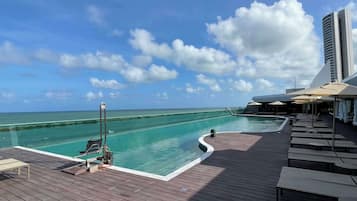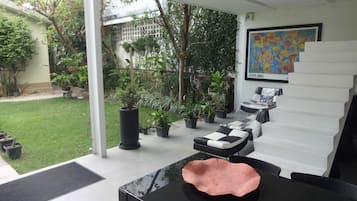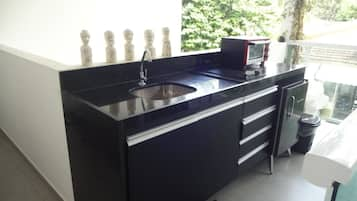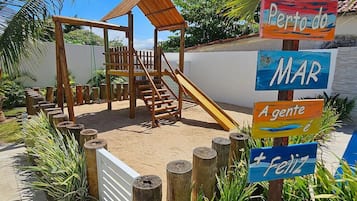بعدسة Sérgio Veludo
البحث عن فنادق بتصنيف 4 Star في إيلا دي إيتاماراكا من SAR 106
تغيُّر خططك
احجز في فنادق توفر إلغاء مجانيًا
كن دقيقًا
ابحث فيما يقرب من مليون منشأة فندقية حول العالم
الليلة
عطلة نهاية هذا الأسبوع
عطلة نهاية الأسبوع القادم
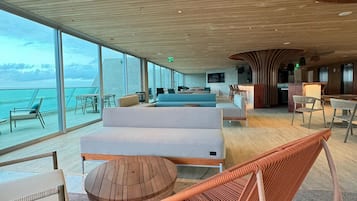
نوفوتيل ريسيفي مارينا
نوفوتيل ريسيفي مارينا
9.6 من 10، استثنائي، (395)
السعر الحالي هو SAR 464
الإجمالي: SAR 474
يشمل الضرائب والرسوم
من ٢٠٢٥/٠٩/١٤ إلى ٢٠٢٥/٠٩/١٥
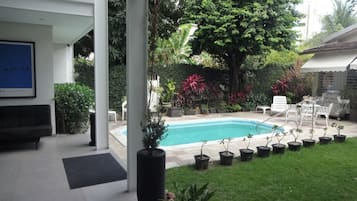
بوسادا إيم كاسا فورتي
بوسادا إيم كاسا فورتي
9.4 من 10، استثنائي، (9)
السعر الحالي هو SAR 106
الإجمالي: SAR 111
يشمل الضرائب والرسوم
من ٢٠٢٥/٠٨/٢٨ إلى ٢٠٢٥/٠٨/٢٩
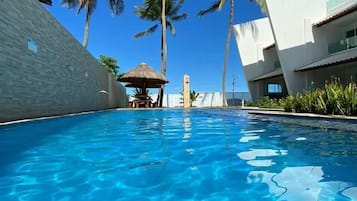
برايا دي ماريا فارينها - بيرنامبوكو
برايا دي ماريا فارينها - بيرنامبوكو
8.8 من 10، ممتاز، (5)
وفِّر ما متوسطه 15% من سعر آلاف الفنادق عند تسجيل الدخول
معرفة المزيد عن إيلا دي إيتاماراكا
حان وقت التخطيط لرحلة! اكتشف أنشطة ركوب القوارب الشراعية، والشواطئ، والأجواء الجامعيّة في إيلا دي إيتاماراكا.
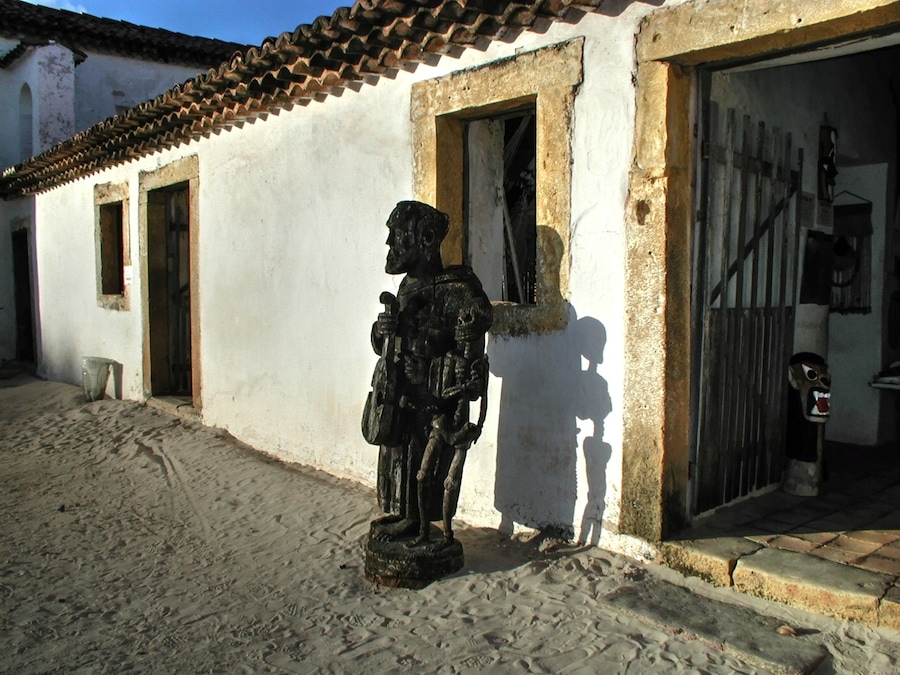
بعدسة Sérgio Veludo
فتح صورة بواسطة Sérgio Veludo

